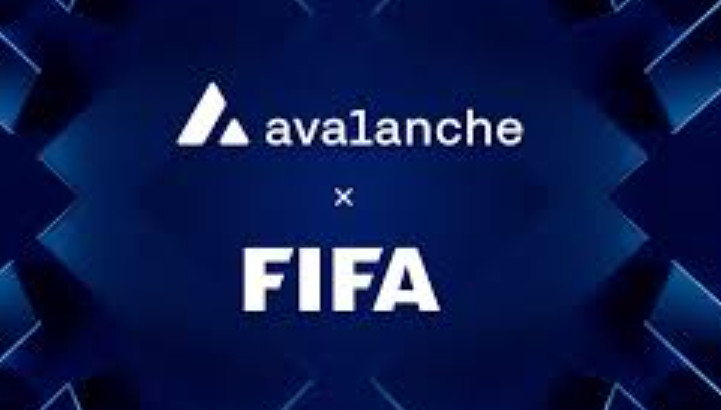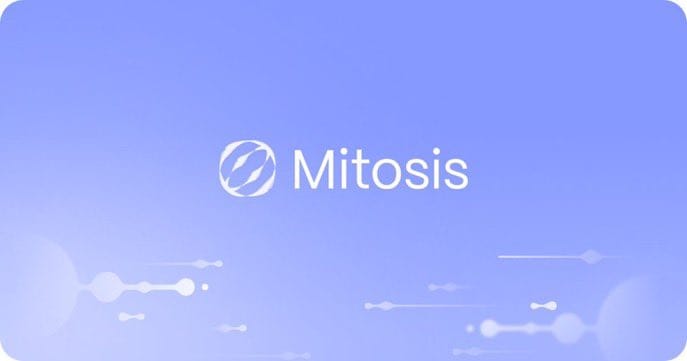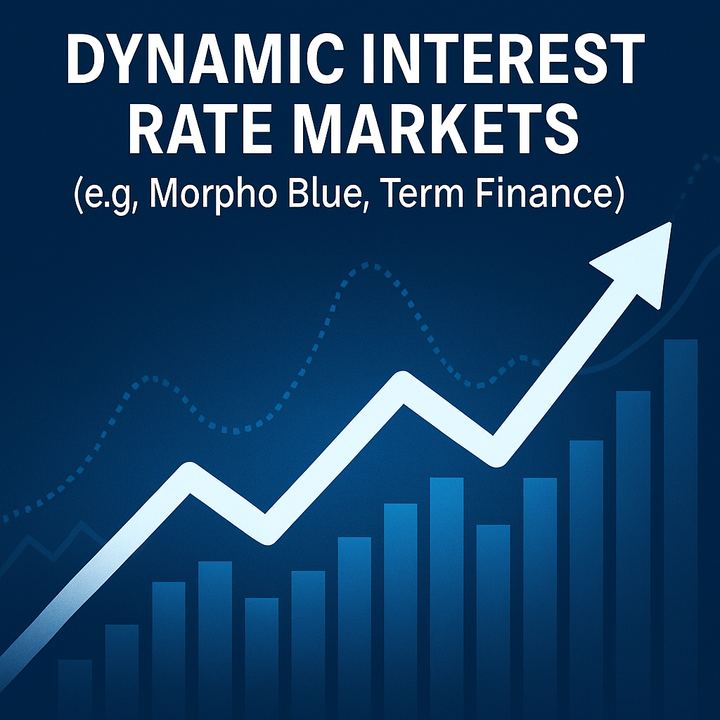FIFA Goes Web3: How Avalanche Partnership Changes Digital Football

FIFA has announced a strategic partnership with blockchain platform Avalanche to launch its own Web3 ecosystem. This event marks a turning point in the history of sports and digital technologies: for the first time, one of the largest sports organizations in the world enters the market of decentralized solutions with the ambition to build a full-fledged digital universe for millions of fans.

Why Avalanche?
Avalanche is a high-performance blockchain platform known for its speed, scalability and energy efficiency. Unlike Ethereum, which is often criticized for high fees and limited throughput, Avalanche uses a unique architecture with several chains (subnets), which allows it to process thousands of transactions per second with minimal latency.
Key benefits of Avalanche for FIFA
1. Instant transaction finality is an important element in gaming and fan interaction.
2. Low fees - especially relevant with the mass use of NFTs and micropayments.
3. Scalability — the system can serve millions of users simultaneously.
Support for custom blockchains (subnets) — FIFA can launch its own network with unique rules and operating logic.

What exactly is FIFA developing?
On the basis of Avalanche, FIFA will launch its own personalized blockchain designed for digital products related to football. The project has received the working title “FIFAverse” — it will be a large-scale platform combining:
• NFT marketplace — for selling unique player cards, match highlights, club symbols and other collectibles.
• Gaming products — probably in the style of fantasy managers, card battles or simulators, where FIFA tokens will be used.
• Fan hubs — platforms for voting, raffles, exclusive content and decentralized interaction between users and football brands.
Digital fan passports — with a history of activity, participation in matches and events, as well as a rewards system.

How is this different from traditional fan apps?
Unlike centralized platforms, where the data belongs to the developers and users are just "accounts", in the Web3 model, fans become owners of digital assets, including:
1. Digital merchandise that can grow in value and be used in other projects.
2. Game achievements and cards that can be freely traded.
A personal profile, independent of the platform - it will exist on the blockchain and can be used in other applications.
Connections to previous initiatives
FIFA has already taken steps towards Web3: in 2022, it launched the FIFA+ Collect NFT portal, where users can purchase and trade digital match highlights. The platform was based on the Algorand blockchain, but it is now expected that the main development and scaling will take place on Avalanche.
Important: this step is not just a continuation, but a radical transition from collecting to an ecosystem with a full-fledged utility, tokenization, custom logic and integration into mobile games.

How will this affect fans?
New opportunities are opening up for millions of fans around the world:
1. Participation in club life through voting, raffles and choosing symbols.
2. Earnings and rewards for activity, loyalty to the club, participation in events.
3. Digital presence at matches through NFT tickets, holograms, metaverse performances.
Collecting and trading digital cards, moments and items, like in card games or FIFA Ultimate Team, but with real market value.
FIFA x Avalanche: Project Overview Table
|
Category |
Detail |
|
Project
Name |
FIFA
Blockchain Ecosystem (Unofficially referred to as “FIFAverse”) |
|
Blockchain |
Avalanche |
|
Blockchain
Type |
Custom
Subnet (private chain built on Avalanche infrastructure) |
|
Consensus
Mechanism |
Avalanche
Consensus + Snowman (Proof of Stake-based) |
|
Transaction
Speed |
~4,500+
TPS on Avalanche C-Chain, higher on Subnets |
|
Finality
Time |
< 2
seconds |
|
Smart
Contract Support |
Yes
(Solidity-compatible via Avalanche Virtual Machine) |
|
NFT
Integration |
Yes —
player cards, digital moments, club memorabilia |
|
Digital
Marketplace |
Planned
— for trading NFTs and digital goods |
|
GameFi
Components |
Fantasy
sports, collectible card games, arcade-style play |
|
User
Ownership |
Yes —
true ownership of in-game items and collectibles |
|
Interoperability |
Potential
compatibility with other Web3 wallets and ecosystems |
|
Token
Launch |
No
official token announced (speculative utility token in future) |
|
User
Onboarding |
Expected
to include fiat onramps, custodial wallets |
|
Mobile
Availability |
Android
and iOS support (FIFA Rivals game planned) |
|
Fan
Engagement Tools |
Polls,
digital tickets, loyalty rewards, real-time interaction |
|
Authentication |
Web3
wallet login, optional social login, possibly FIFA ID integration |
|
Data
Privacy |
On-chain
data for assets; off-chain identity protection likely |
|
Security
Layer |
Avalanche
Subnet with independent validator set |
|
Governance |
Not
disclosed (potential DAO or fan governance layer) |
|
Regulatory
Compliance |
Subject
to KYC/AML rules depending on region |
|
Launch
Date |
FIFA
Rivals planned for Summer 2025 |
|
Previous
Web3 Work |
FIFA+
Collect on Algorand (launched in 2022) |
|
Avalanche
Advantage |
Fast,
scalable, low-cost, eco-friendly |
|
Developer
Tools |
Avalanche
Subnet SDK, Core Wallet, Node Templates |
|
Community
Building |
Expected
fan club integration, social media gamification |
|
Web3
Accessibility |
Designed
for both crypto-native and non-crypto users |
|
Sponsorship
Potential |
Massive
— global football sponsors, clubs, merchandisers |
|
Revenue
Streams |
NFT
sales, transaction fees, branded content, fan memberships |
|
Scalability |
High —
Avalanche can support multiple FIFA-related apps via subnets |
|
Real-World
Use Cases |
Ticketing,
collectibles, fantasy leagues, digital fan passes |
|
Localization |
Likely
multi-language support for global reach |
|
Integration
with Clubs |
Future
possibility: team-based NFTs, live stats, team fan-tokens |
|
User
Growth Potential |
Over
150M users (based on FIFA fanbase) |
|
Challenges |
Regulation,
user education, wallet UX, technical risks |
|
Web2
Integration |
Expected
hybrid model: Web2 UI with Web3 backend |
|
Environmental
Impact |
Low —
Avalanche is energy-efficient |
|
IP
& Licensing |
FIFA
retains full rights; partners with licensed game developers |
|
Main
Competitors |
Sorare,
Chiliz, NBA Top Shot, EA Sports |
|
Developer
Partners |
Mythical
Games (FIFA Rivals), Ava Labs |
|
Monetization
Models |
Freemium
games, NFT drops, access passes, exclusive media |
|
Cross-Chain
Potential |
Limited
initially, expandability via bridges in future |
|
Offline
Events Link |
Potential
tie-in with World Cup, qualifiers, or live stadium experiences |
|
Analytics
& Insights |
Possible
real-time fan data and usage tracking (off-chain) |
|
Longevity
Vision |
Digital
football universe beyond tournaments — year-round engagement |
|
Web3
Education |
Expected
onboarding materials, beginner-friendly UI |
|
Open
Source Status |
Not
open source at this stage |
Will there be a token?
There is no official information about the launch of its own FIFA token on Avalanche yet, but the Avalanche Subnets model suggests:
• It is possible to issue a utility token for paying for in-game items and fees.
• It is possible to use NFTs as tickets, access tokens, passes to events.
• A gamified engagement scenario with token rewards is also quite possible.
Why is this important for the industry?
FIFA is not just a sports organization. It is a global media giant with a colossal audience and huge cultural influence. The involvement of such an organization in the world of blockchain technologies can:
1. Serve as a catalyst for mass adoption of Web3.
2. Open the door for other sports organizations - UEFA, NBA, Formula 1.
3. Become an example for government and media platforms considering the digitalization of assets.

Potential difficulties
Despite the ambitiousness of the project, there may be challenges:
• Technical risks - even Avalanche is not immune to failures or vulnerabilities.
• Legal issues - regulation of digital assets and NFTs remains uneven in different countries.
• Lack of audience understanding - millions of fans may not immediately perceive and accept the concepts of tokenization and NFT ownership.
Conclusion
The launch of the FIFA custom blockchain network on the Avalanche platform is an important step towards creating a next-generation digital football ecosystem. This is not just a “fashion for NFTs”, but a thoughtful, strategic transition to a decentralized model of interaction with fans, players and brands.
If the project is implemented consistently, it can become an example of how Web3 really changes industries - not through hype, but through real scenarios and user engagement.


Comments ()